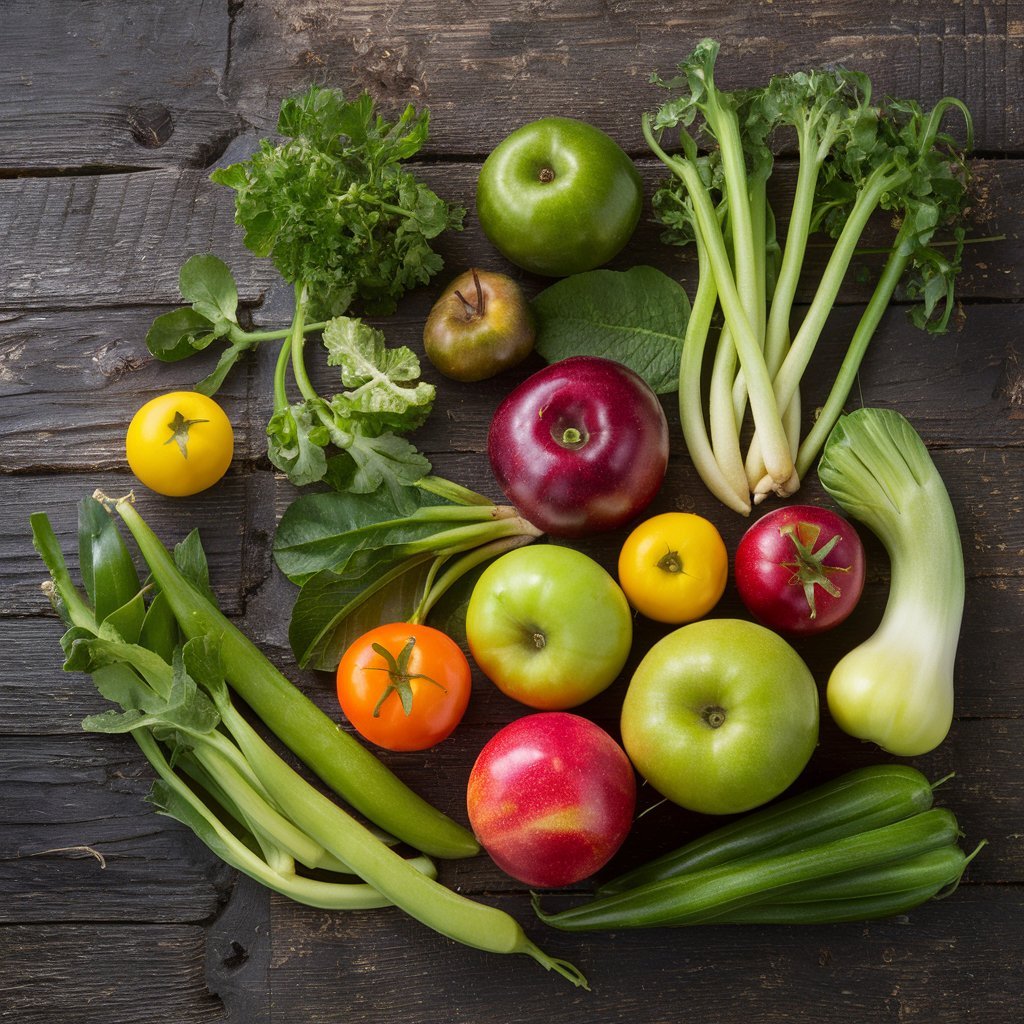Mindful Gardening Practices
Crafting Your Meditation Garden
Building a meditation garden is all about creating a peaceful spot that invites calm and reflection. These gardens are perfect for meditation, yoga, or just unwinding with nature. You can find them in places like churches, retreat centers, homes, and public parks.
One popular style is the Japanese meditation garden. These gardens are all about tranquility, often featuring ponds, waterfalls, bamboo, and cherry trees. They can fit in both large and small spaces, even inside homes in Japan (ShrubHub). The goal is to create a space where you can feel relaxed and connected with nature.
Why Mindful Gardening Rocks
Mindful gardening turns regular gardening into a meditative practice that benefits your mind, body, and spirit. By being present while gardening, you can boost your overall well-being. Here are some awesome benefits:
Calming the Mind: Gardening can be a meditative practice that soothes the mind, energizes the body, and lifts the spirit. It helps you relearn kindness, patience, and positivity, leading to better mental health (Garden Marcus).
Engaging the Senses: Mindful gardening means being fully present and using all your senses. Enjoy the fresh air, different smells, colors, sounds of nature, and the feel of leaves and dirt. This can boost your cognitive abilities and enhance mindfulness.
Fostering Connection: Practicing gratitude in the garden helps you feel connected and part of nature. Recognizing the roles of insects, animals, and plants can reduce anxiety, improve sleep, and create a sense of community with the natural world.
By adding mindful gardening to your routine, you can turn gardening into a holistic wellness practice. For more tips and techniques on mindful gardening and organic gardening practices, check out our related articles.

Mindfulness in the Garden
Engaging the Senses
When I step into my garden, I make it a point to soak in everything around me. This habit helps me stay in the moment and truly enjoy the beauty of nature. Plus, it’s a great way to boost my mood and mental clarity. Here’s how I do it:
- Sight: I love watching the bright colors of flowers and the different shades of green. Seeing plants grow and change is like watching a mini-miracle.
- Smell: The sweet scent of blooming flowers and the earthy smell of soil are incredibly calming.
- Sound: The chirping of birds, the rustling of leaves, and the buzzing of bees create a natural symphony that soothes my mind.
- Touch: Feeling the textures of leaves, petals, and soil makes me feel more connected to my garden. Digging into the dirt with my hands is especially satisfying.
- Taste: Tasting fresh herbs or veggies straight from the garden is a delicious reward.
By tuning into my senses, I feel more connected to my garden and nature. This mindful practice boosts my well-being and brings me peace. For more tips on mindful gardening, check out mindful gardening.
Practicing Gratitude
Gratitude has become a big part of my gardening routine. Acknowledging the role of insects, animals, and plants helps me feel more connected to nature.
Here’s how I practice gratitude in the garden:
- Thanking the Elements: I take a moment to appreciate the sun, rain, and soil that nourish my plants.
- Appreciating Pollinators: I’m grateful for bees, butterflies, and other pollinators that help my garden thrive.
- Recognizing Plant Contributions: I acknowledge the hard work of each plant, from sprouting seeds to producing fruits and flowers.
- Respecting Wildlife: I appreciate the presence of birds, insects, and other creatures that balance the garden’s ecosystem.
Practicing gratitude in the garden helps reduce anxiety, supports better sleep, and fosters a sense of connection with nature. This mindfulness practice enhances my relationship with my garden and boosts my mental health. For more on conscious food growing, visit conscious food growing.
By engaging my senses and practicing gratitude, I deepen my bond with my garden and embrace the principles of garden-to-table mindfulness. This holistic approach not only benefits my mental health but also enriches my overall gardening experience.
Garden-to-Table Mindfulness
Getting into garden-to-table mindfulness lets me bond with nature and share my garden’s goodies with others. It’s good for my body and builds a sense of community and well-being.
Nature’s Connection
Garden-to-table mindfulness is more than just growing food; it’s about really connecting with nature. When I’m in my garden, I watch each plant grow, noticing changes every day. This practice brings calm and mindfulness.
Gardening is like therapy. Digging in the dirt, feeling leaves, and seeing seeds turn into plants can be super grounding. This connection to nature helps reduce stress and makes me appreciate the world around me.
Here’s a peek at the sensory experiences in my garden:
| Sense | Experience |
|---|---|
| Sight | Watching plants grow and change colors |
| Touch | Feeling soil, leaves, and petals |
| Smell | Enjoying the scent of herbs and flowers |
| Sound | Hearing leaves rustle and bees buzz |
| Taste | Tasting fresh herbs and veggies |
For more on mindful gardening, check out our mindful gardening section.
Sharing the Harvest
One of the best parts of garden-to-table living is sharing the harvest. When I pick my homegrown produce, I not only feed myself but also share fresh ingredients with friends and neighbors. This sharing builds community and promotes healthier living.
I love sharing recipes and meals made from my garden’s harvest. It not only makes my dishes tastier but also sparks creativity in the kitchen. Cooking with fresh, garden-grown ingredients makes meals more enjoyable and mindful.
By sharing my garden’s bounty, I support a mindful garden-to-plate lifestyle. This approach to growing and eating food enriches my life and strengthens my connections with others. For more tips on sharing your garden’s bounty, visit our conscious food growing section.
Mindful Food Practices
Getting into mindful food practices helps us connect more deeply with what we eat and grow. By staying present and appreciating every bite, we can nourish both our bodies and minds.
Mindful Eating Practice
Mindful eating is all about savoring each meal and noticing the little things—tastes, smells, textures, and shapes (Mindfulness Outreach Initiative). When I sit down to eat, I make it a point to really experience my food. I start by admiring the colors and textures on my plate. With each bite, I focus on the flavors and how they mix, enjoying the nourishment they bring.
Vietnamese Zen Buddhist monk Thich Nhat Hanh talks about mindful eating as a way to fully enjoy and heal through food. By being aware while eating, I can build a stronger relationship with food and appreciate its nourishing power.
| Aspect | Mindful Eating Focus |
|---|---|
| Senses | Taste, smell, sight, touch |
| Awareness | Notice food’s subtleties |
| Appreciation | Savor each bite with gratitude |
For more on bringing mindfulness into gardening, check out our article on mindful gardening.
Benefits of Mindful Food Preparation
Mindful food preparation means seeing food as sacred, enjoying the colors, feeling the textures, and smelling the aromas (Mindfulness Outreach Initiative). When I cook, I do each step with care and love. I take my time washing and chopping veggies, feeling their textures and enjoying their fresh scents. This practice not only makes the food taste better but also brings a sense of calm and fulfillment.
By staying present and putting positive energy into cooking, I can make meals that nourish both body and soul. The care I put into preparing food shows in the results, making each meal a mindful experience.
| Benefit | Description |
|---|---|
| Better Taste | More flavor through careful preparation |
| More Nutrition | Better understanding of food’s nourishing power |
| Emotional Fulfillment | Calm and fulfillment from mindful practice |
Learn more about the journey of food from garden to plate in our article on mindful garden-to-plate.
Through mindful food practices, everyday meals can become moments of joy and gratitude. By engaging with food in a meaningful way, I nurture a deeper appreciation for its origins and its role in my life. For those interested in a holistic approach to wellness, combining mindfulness with sustainable, healthy living is a rewarding path. Discover more about conscious food growing for a comprehensive understanding.

My name is Michelle Warren, and I’m the founder of Peaceful Gardening. As a 10-year breast cancer survivor, I’ve discovered the profound therapeutic power of gardening. This journey has not only helped me recover but has also become my passion and a source of ongoing peace and joy.
Peaceful Gardening was born from my desire to share the healing benefits of gardening with others. Whether you’re facing health challenges, dealing with stress, or simply looking to connect more deeply with nature, this space is for you.
Over the past decade, I’ve cultivated not just plants, but a deep understanding of how gardening can positively impact mental health. I’ve worked with local community gardens, led workshops on mindful gardening practices, and collaborated with mental health professionals to develop gardening-based stress reduction programs.
Peaceful Gardening was born from my desire to share the healing benefits of gardening with others. Whether you’re facing health challenges, dealing with stress, or simply looking to connect more deeply with nature, this space is for you.
Here, you’ll find evidence-based advice on using gardening as a tool for mindfulness, stress relief, and emotional healing. I share personal stories, practical tips, and scientifically-backed information on how to create your own therapeutic garden space, no matter the size of your yard or balcony.
My mission is to help you discover the joy, peace, and healing that comes from nurturing plants and connecting with nature. Join me in exploring how the simple act of tending to a garden can transform your mental and emotional wellbeing.
Welcome to Peaceful Gardening – let’s grow together towards better mental health!”

